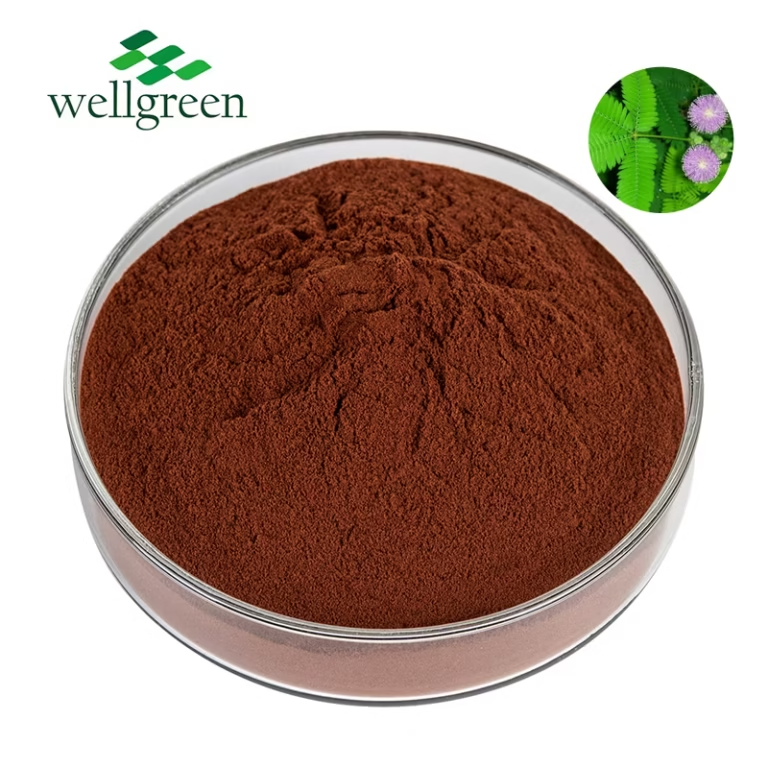
The root of this Amazonian plant, commonly known as quebracho blanco, have been utilized for time immemorial in folk medicine across various regions.
Ethnobotanical studies demonstrate the effectiveness of M. tenuiflora extracts in treating a diverse range of ailments, including inflammation.
Indigenous practitioners employ the extract in various forms such as tinctures to alleviate illnesses.
Some key uses of M. tenuiflora include astringent effects, and it is also believed to possess analgesic properties.
Phytochemical Analysis Mimosa tenuiflora Root Bark Extracts
This study focuses on analyzing the phytochemical content of Mimosa tenuiflora root bark extracts. The procurement methods employed involved various solvents, including water. The resultant extracts were then subjected to a battery of analytical tools such as high-performance liquid chromatography (HPLC) to characterize the predominant phytochemical molecules. Preliminary results reveal the presence of a range of secondary metabolites, including alkaloids, which are known for their pharmacological properties. This comprehensive phytochemical analysis aims to provide valuable insights into the efficacy of Mimosa tenuiflora root bark as a source of herbal remedies.
Traditional Uses and Potential Medicinal Benefits of M. tenuiflora Root Bark
M. tenuiflora, a species renowned for its remarkable root bark, has been used in traditional medicinal practices for epochs. Indigenous communities have long recognized the therapeutic properties of this potent substance. The root bark is traditionally extracted and consumed to treat a variety of ailments, including inflammatory conditions.
Contemporary research is initiating to uncover the potential of M. tenuiflora root bark in offering medicinal benefits. Studies have indicated that certain compounds present in the bark may possess anti-inflammatory properties, influencing its potential to neutralize a wide array of diseases. Additionally, preliminary research suggests that M. tenuiflora root bark may also possess brain-boosting effects, though more extensive studies are needed to substantiate these findings.
Pharmacological Activity of Mimosa tenuiflora: A Review of Root Bark Studies
Mimosa tenuiflora, commonly referred to as the jurema shrub, has a extensive history of traditional medicinal application in South America. The root bark of this genus is particularly regarded for its diverse therapeutic properties. Numerous studies have examined the potential effects of M. tenuiflora root bark, revealing a range website of compounds with promising biological potency.
- One aspect of particular attention is the immunomodulatory potential of M. tenuiflora root bark extracts.
- Preliminary data suggests that these formulations may influence the pain response, potentially providing comfort from multiple inflammatory disorders.
- Moreover, studies have suggested that M. tenuiflora root bark may possess antioxidant characteristics, which could contribute to human health by reducing oxidative injury.
The multifaceted nature of M. tenuiflora root bark profile and its potential for therapeutic applications warrant further investigation. As research advances, a more comprehensive understanding of the pharmacological properties of M. tenuiflora root bark may emerge, potentially leading to the development of novel and effective medicinal interventions.
Procurement and Analysis of Pharmaceutically Active Compounds from *M. tenuiflora* Root Bark
This research focuses on the extraction of medicinal compounds from the root bark of *M. tenuiflora*. Several extraction methods, such as solvents, will be applied to purify a variety of extracts. The identification of these extracts will involve assays like mass spectrometry and chemical analysis. The biological activities of the isolated compounds will also be evaluated using cellular systems.
This project seeks to identify and characterize potent molecules from *M. tenuiflora* root bark with potential benefits in healthcare.
Exploring the Anti-inflammatory and Antioxidant Properties of Mimosa tenuiflora Root Bark
Mimosa tenuiflora, commonly known as the Acacia tree, is a plant native to arid regions. Recent research has focused on its {potentialapplications for human health, particularly concerning its anti-inflammatory and antioxidant properties. The root bark of Mimosa tenuiflora is a rich source of bioactive constituents such as alkaloids, which have been shown to exert potent influences against inflammation.
- Studies have demonstrated that extracts from Mimosa tenuiflora root bark can potentally reduce the production of inflammatory mediators in both *in vitro* and *in vivo* models.
- Additionally, these extracts have exhibited notable protective effects by trapping harmful free radicals, protecting cells from dysfunction.
These findings suggest that Mimosa tenuiflora root bark holds promise as a {natural remedy for various inflammatory and oxidative stress-related conditions. However, further research is needed to fully elucidate its mechanisms of action and optimize its therapeutic applications.
